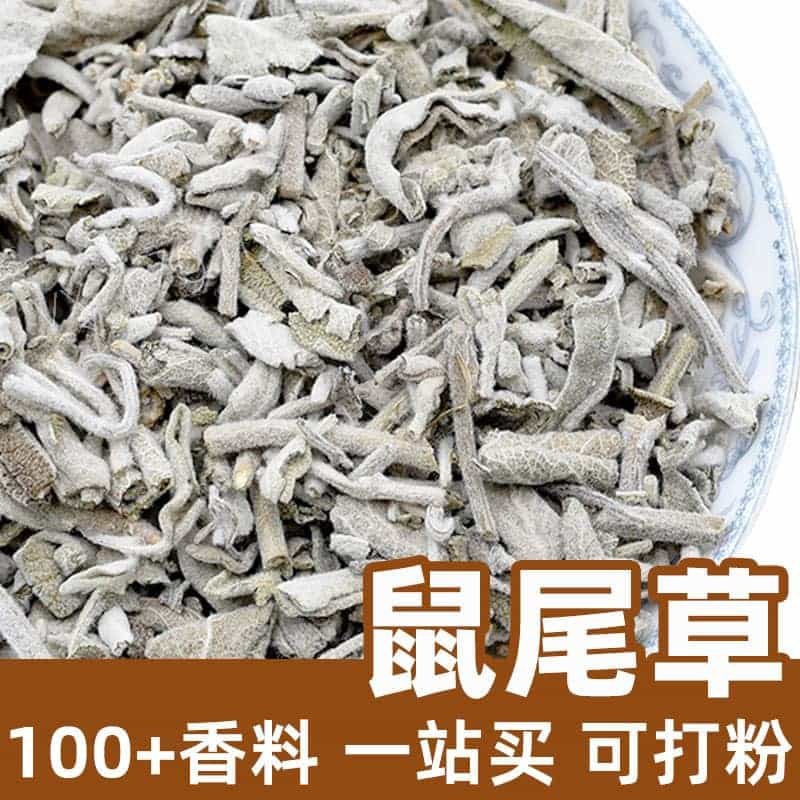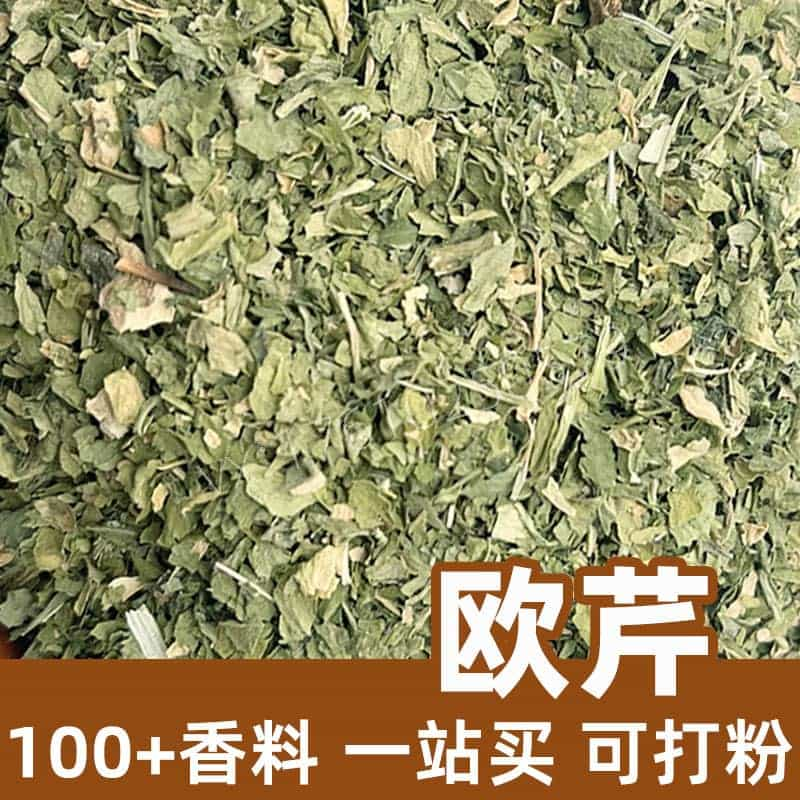Product Overview
Oregano, also known as purple-flowered alfalfa or St. Mary’s herb, is a commonly used perennial shrub. It has a compact growth habit, reaching about 10-30 cm in height. The leaves are linear or long oval with finely toothed edges, and its purple or white flowers bloom in summer. Oregano has a rich aroma and unique flavor, widely used in both culinary and herbal applications.
Aromatic Chemical Components
The aroma of oregano primarily derives from its chemical constituents, with essential oil being the most important component. The main elements of this essential oil include terpenes (like thymol), phenolic compounds, and acidic compounds. These components give oregano its distinctive aroma and flavor.
Thymol, in particular, is a key component of oregano. It has antibacterial, antioxidant, and anti-inflammatory properties, making oregano valuable not only in food applications but also widely used in pharmaceuticals and cosmetics.
Beyond essential oils, oregano contains other natural active compounds that also contribute to its unique flavor and medicinal properties.
Types of Oregano Products
Oregano is generally classified by its parts (leaves, flowers, etc.) and applications. Common oregano products include dried oregano leaves, oregano powder, and oregano essential oil, each available in forms suited to different needs.
Usage Scenarios and Dosage
Oregano is widely used in the culinary field. Here are some of the primary ways to use oregano in cooking:
- Cooking Spice: As a common herb, oregano is widely used to season various dishes. It adds aroma and flavor, especially in meat dishes, stews, and Italian cuisine. Oregano leaves can be chopped, torn, or added directly to cooking, with the amount adjusted according to personal taste and recipe needs.
- Herbal Tea: Oregano can also be made into tea, which is known to aid digestion and soothe the stomach. To make oregano tea, add oregano leaves to boiling water, steep for about 5-10 minutes, then strain out the leaves and enjoy. Oregano tea can be enjoyed alone or blended with other herbs.
When using oregano, it's essential to consider proper dosage and usage methods to fully bring out its aroma and flavor. You can adjust the amount as needed for a rich, layered flavor and aroma in food.
Source Plant Introduction, Distribution, and Growth Environment
The botanical name of oregano is *Thymus vulgaris*, which belongs to the Lamiaceae family. It is widely distributed in the Mediterranean and Europe.
Oregano thrives in warm, sunny environments and is commonly found in low-elevation mountains, grasslands, and fields.
The leaves and flowers of oregano can be harvested and processed into commercial oregano spices after proper drying and preparation.
Harvesting, Processing, and Storage
The leaves and flowers of oregano can be picked during the plant's growth phase for processing. Once harvested, oregano should be dried and processed, making it ready for immediate use or storage.
To keep oregano fresh and aromatic, store it in a cool, dry place, preferably in a sealed container.
In summary, oregano is a popular herb with a distinctive aroma and flavor. It is widely used in cooking as a seasoning and in tea making, adding depth and fragrance to food and drinks. Understanding oregano’s characteristics, chemical composition, and usage methods helps make the most of this spice, enhancing the layers and taste in food.
Monica Sun is a seasoned expert in the natural raw materials industry, with over a decade of experience specializing in traditional Chinese medicinal herbs, spices, and fungi. She is skilled in the sourcing, processing, and application of these materials, emphasizing sustainability and innovation. Monica Sun has contributed to the development of high-quality natural raw materials that serve as essential components in functional foods, pharmaceuticals, and cosmetics, delivering tailored solutions to meet diverse market needs.









.jpg)


.jpg)


